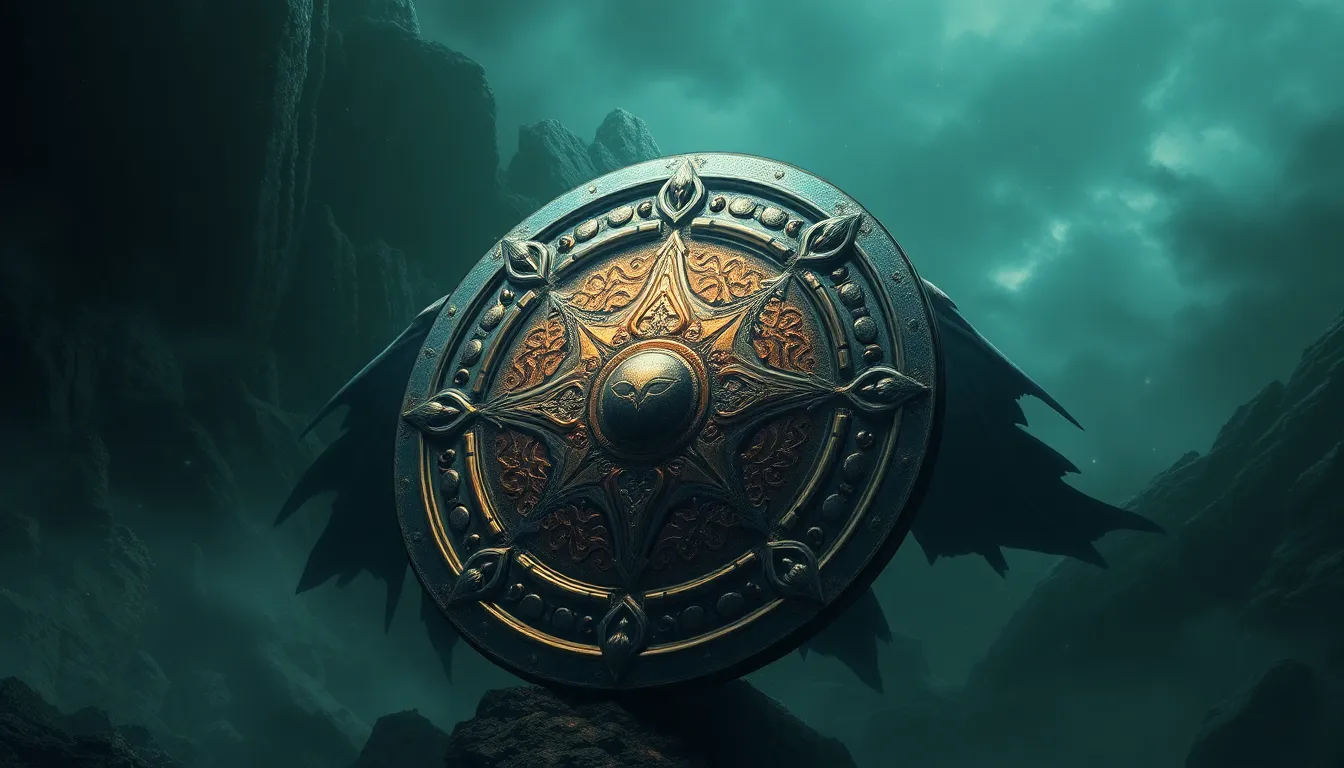The Power of Play: What Trickster Myths Teach Us
I. Introduction to Trickster Myths
Trickster myths are fascinating narratives that feature clever and mischievous characters known as tricksters. These figures are prevalent in many cultures around the world, serving various roles within their respective mythologies. They embody a unique blend of playfulness and wisdom, often teaching valuable lessons through their antics.
The role of trickster myths spans across cultures, highlighting the universal human experience of play. They remind us of the importance of humor, creativity, and the ability to navigate life’s complexities with a lighthearted spirit.
II. Characteristics of Trickster Figures
Trickster figures share several common traits, making them recognizable across different cultures:
- Cunning and Intelligence: Tricksters are often depicted as highly intelligent, using their wits to outsmart others.
- Playfulness: They embody a sense of play, often engaging in games or pranks.
- Ambivalence: Tricksters can be both good and bad, creating chaos while also offering solutions.
These characters often possess a dual nature, acting as both creators and destroyers. For instance, Loki from Norse mythology is known for his mischief and chaos, while Anansi from African folklore is celebrated as a clever spider who uses his intelligence to overcome challenges. Coyote, a prominent figure in Native American mythology, is both a trickster and a creator, illustrating the complexity of these mythologies.
III. The Role of Play in Trickster Tales
Playfulness is a central theme in trickster narratives, manifesting in various ways:
- Humor and Wit: Trickster tales often incorporate humor, using wit to convey deeper truths and entertain audiences.
- Social Commentary: Through their playful antics, tricksters provide insights into societal norms and expectations.
For example, a trickster might expose the foolishness of a leader, prompting the audience to reflect on authority and governance. This playful engagement allows listeners to question the status quo while enjoying the narrative.
IV. Trickster Myths as a Reflection of Societal Values
Trickster tales often carry moral lessons that reflect the values and beliefs of the cultures from which they originate. Key themes include:
- Subversion of Authority: Tricksters frequently challenge societal norms and authority figures, encouraging individuals to think critically about power dynamics.
- Human Flaws: They often highlight human weaknesses, prompting audiences to acknowledge their shortcomings and learn from them.
Through these narratives, tricksters serve as mirrors to society, allowing listeners to explore complex issues such as justice, morality, and the human condition.
V. The Psychological Impact of Trickster Myths
Engaging with trickster stories can have significant psychological benefits. These narratives can:
- Encourage Resilience: Tricksters symbolize adaptability and resilience, demonstrating how to navigate challenges with creativity.
- Promote Play and Creativity: Engaging with these tales can inspire individuals to embrace playfulness in their own lives, fostering creativity.
Psychological interpretations of play and creativity emphasize their importance in mental health, suggesting that embracing a playful mindset can lead to greater satisfaction and fulfillment.
VI. The Educational Value of Trickster Myths
Trickster narratives hold significant educational value, offering opportunities to teach critical thinking and creativity:
- Critical Thinking: Analyzing the motives and actions of tricksters encourages students to think critically about situations and outcomes.
- Play-Based Learning: Incorporating play into educational settings can enhance learning experiences and foster a love for knowledge.
By integrating trickster stories into modern education, educators can cultivate a playful and engaging learning environment that nurtures creativity and critical thought.
VII. Cultural Significance and Contemporary Relevance
In recent years, there has been a resurgence of trickster themes in modern media, reflecting their cultural significance:
- Media Representation: Tricksters appear in films, literature, and art, often symbolizing resistance and change.
- Social Movements: Tricksters are increasingly recognized in contemporary social movements, embodying the spirit of rebellion and transformation.
The power of play remains a potent tool for advocating for change, allowing individuals to challenge norms and envision new possibilities.
VIII. Play as a Tool for Conflict Resolution
Tricksters often play a role in mediation and negotiation, demonstrating how playful approaches can effectively resolve conflicts:
- Playful Negotiation: Approaching serious issues with a sense of play can diffuse tension and encourage open dialogue.
- Case Studies: Various examples exist where playful methods have successfully resolved conflicts, illustrating the effectiveness of this approach.
By embracing play, individuals can find innovative solutions to complex problems, fostering collaboration and understanding.
IX. Challenges and Critiques of Trickster Narratives
Despite their rich cultural significance, trickster narratives can face challenges and critiques:
- Misinterpretations: Trickster figures can be misrepresented, leading to stereotypes that undermine their complexity.
- Balancing Playfulness and Seriousness: Finding the right balance between humor and gravity is crucial in storytelling.
- Cultural Appropriation: It is essential to address issues of cultural appropriation when sharing trickster stories, respecting their origins and meanings.
X. Conclusion: Embracing the Power of Play
In conclusion, trickster myths offer profound lessons about the power of play in our lives. They encourage us to embrace creativity, question authority, and reflect on our values. By recognizing the importance of play, we can foster personal and collective growth, allowing us to navigate life’s complexities with resilience and joy.
Let us encourage a playful approach to life, drawing inspiration from trickster tales as we seek to understand ourselves and the world around us.




